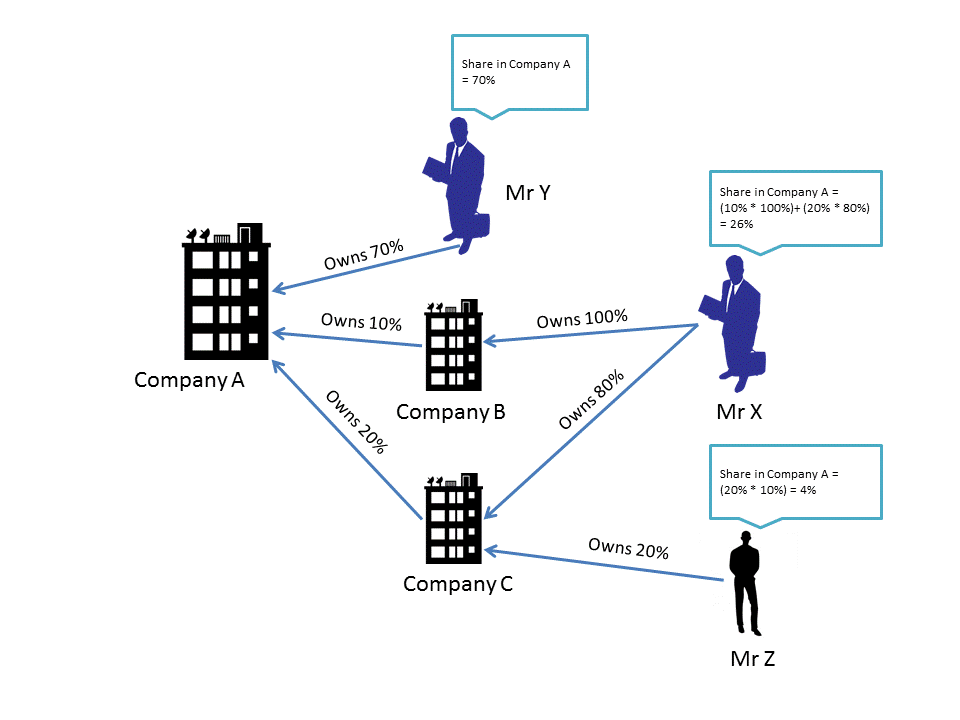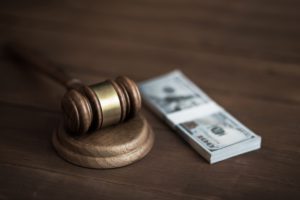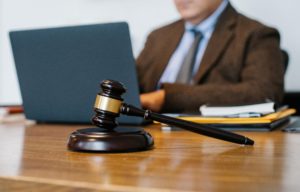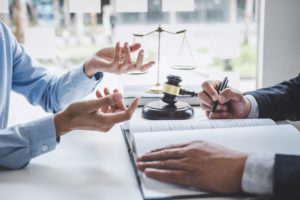Beneficial owners have in the recent past come under the lime light due to release of the Panama Papers by the International Consortium of Investigative Journalists (ICIJ). The Panama Papers are approximately 11.5 million of leaked documents from a Panama based Corporate Services Provider (CSP) Mossack Fonseca, detailing how some of the wealthy and powerful individuals and politicians are using webs of offshore companies for illegal purposes, such as fraud, tax evasions, or to avoid local regulatory supervisions or international sanctions.
As a consequence of the Panama Papers, many governments worldwide (including Singapore) have stepped up their scrutiny of beneficial ownerships, and require their financial and non-financial entities to ensure that they have updated and accurate information of their clients with regards to beneficial ownership, and that the activities carried out by them are not suspicious from money laundering perspective.
More recently, the Financial Action Task Force (FATF) for Anti-Money Laundering and Counter-Terrorist Financing Mutual Evaluation Report on Singapore released in Sep 2016, highlighted that while Singapore authorities acknowledge that shell companies posed high Money Laundering and Terrorism Financing risks, several weaknesses exist with regards to legal arrangements that can be used to hide beneficial ownerships, such as nominee directorship/ shareholding, or bearer shares issued by foreign companies. FATF also found that Corporate Services Providers (CSPs) (including lawyers and accountants) do not view the complete understanding of beneficial ownerships as a necessary condition in on-boarding clients, as it is not always possible to collect such beneficial ownership information.
Moving forward, regulators here will place more emphasis on those businesses and professionals that are at higher risks of being used as intermediaries for money laundering and terrorism financing. These businesses and professionals are collectively known as DNFBP (Designated Non-Financial Businesses and Professions) and will include businesses/professions like lawyers, CSPs, and accountants. In Singapore, ACRA will soon amend the Companies Act and the LLPs Act to require companies and LLPs maintain a register of beneficial ownership information (see public consultation on the amendments to the Companies Act and LLPs Act here).
This blog entry serves as a basic guide for CSPs to identify beneficial owners.
Definition of Beneficial Owner
FATF defines beneficial owner as “the natural person(s) who ultimately owns or controls a customer and/or the natural person on whose behalf a transaction is being conducted. It also includes those persons who exercise ultimate effective control over a legal person or arrangement.”
In Singapore, ACRA provides a comprehensive definition in the context of Corporate Service Providers in para. 4.6 of the ACRA Guidelines for Filing Agents. The reader is recommended to be familiar with the definitions. In applying the definitions provided by ACRA, CSPs will have to determine:
- who owns more than 25% of the Customer (in terms of shares, voting rights, capital or profits etc)?
- who ultimately controls the Customer?
- who are intermediaries who act on behalf of a natural person who is the beneficial owner?
Identification of Beneficial Owner
For CSPs, identifying the beneficial owners is perhaps the most difficult task when establishing and maintaining a relationship with a Customer. Part of the difficulty lies in the fact that some beneficial ownership information are not documented in any official registry. The CSP can only infer from existing information either through the declaration by the Customer or through other information sources. Furthermore, beneficial ownership, by definition, is not static and could change over time (for instance, share ownership can change as the business grows). The following sections provide some basic steps a CSP can take when inquiring into the beneficial ownership structure of the Customer.
Determine the Organization Structure of the Customer
Knowing who owns more than 25% of the Customer is, in most cases, quite straight forward. By looking at the organization structure of the Customer, one can have some idea of who is the beneficial owner. A CSP can rely on official documents like partnership agreement (for partnership), or annual financial statements to determine the organization structure of the Customer.

In Figure 1 above, Mr X and Mr Y are beneficial owners as they each own more than 25% of Company A. Mr X, through Company B and C, has 26% share of Company A. While this test may work in most cases, it will not be meaningful in cases where there are many natural persons, each owning less than 25%, or in the case of a trust company. In such cases, the CSP will have to determine who ultimately controls the Customer.
Determine the natural person who ultimately controls the Customer
Finding the natural person or persons who have ultimate control of the Customer is more difficult than just knowing the organization structure of the Customer. This will require the CSP to have certain level of knowledge of how the Customer operates. For instance, who makes the final decisions in the running of the business, appointing of key executives, or providing/managing the funds of the business? In some cases, knowing the relationships among the key executives will also give some indication of the ultimate decision maker, e.g. in the case where husband and wife are also shareholders of a company, and each owns less than 25% shares of the company.
In the case of a trust company, a wealthy individual may set up a trust and name his children as the beneficiaries. However, although the trustees have control over the assets, his children will not have a say in the trust even though they have a beneficial interest in the trust. The beneficial owner is the wealthy individual (also known as the settlor or the provider of fund) and should be assessed for money laundering risks.
Determine the intermediaries
Besides being majority owner, a person who controls the Customer, a beneficial owner can also be a natural person on whose behalf a transaction is carried out by the Customer. This definition takes into account the relationship between an intermediary and its customer. This could be a case where a foreign CSP engages a Singaporean CSP for its services. When an intermediary or chains of intermediaries are involved, the CSP will have to identify the natural person or persons on whose behalf the intermediary is engaging the services of the CSP.
Screening of Beneficial Owners
Once the beneficial owners are identified and verified, the CSP next has to screen the beneficial owners for AML risks. Minimally, the CSP has to ensure that none of the beneficial owners are listed in MAS’ website on targeted financial sanctions. If any of the beneficial owners are themselves Politically Exposed Persons (PEPs), enhanced customer due diligence have to kick in during on-boarding, and the frequency of on-going monitoring has to be increased.
Identification of beneficial owners can be a tedious and costly process. The extent and depth of establishing beneficial ownership has to commensurate with the overall AML risk of the Customer. If the cost for establishing and maintaining the beneficial ownership structure of the Customer does not make business sense for the CSP, the CSP might consider terminating the business relationship.
Recent Posts:
- Navigating AML/CTF Compliance in Australia: A Guide for Tranche 2 Entities Under the Amendment to the AML/CTF Act Effective 2026
- The New Corporate Service Providers Regulations and Guidelines: Top 3 Requirements and Compliance Steps CSP Need to Know
- Singapore’s New AML/CFT Sentencing Framework for Nominee Directors: Implications for Corporate Service Providers



